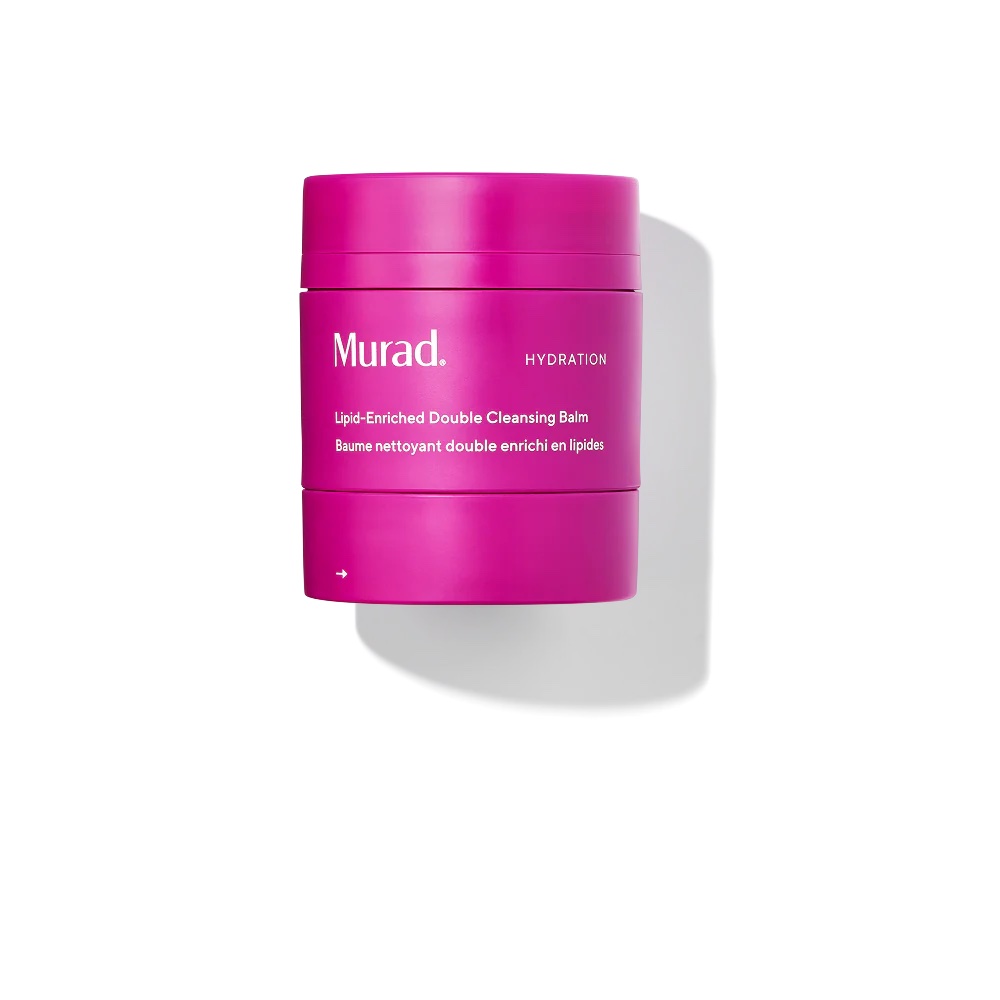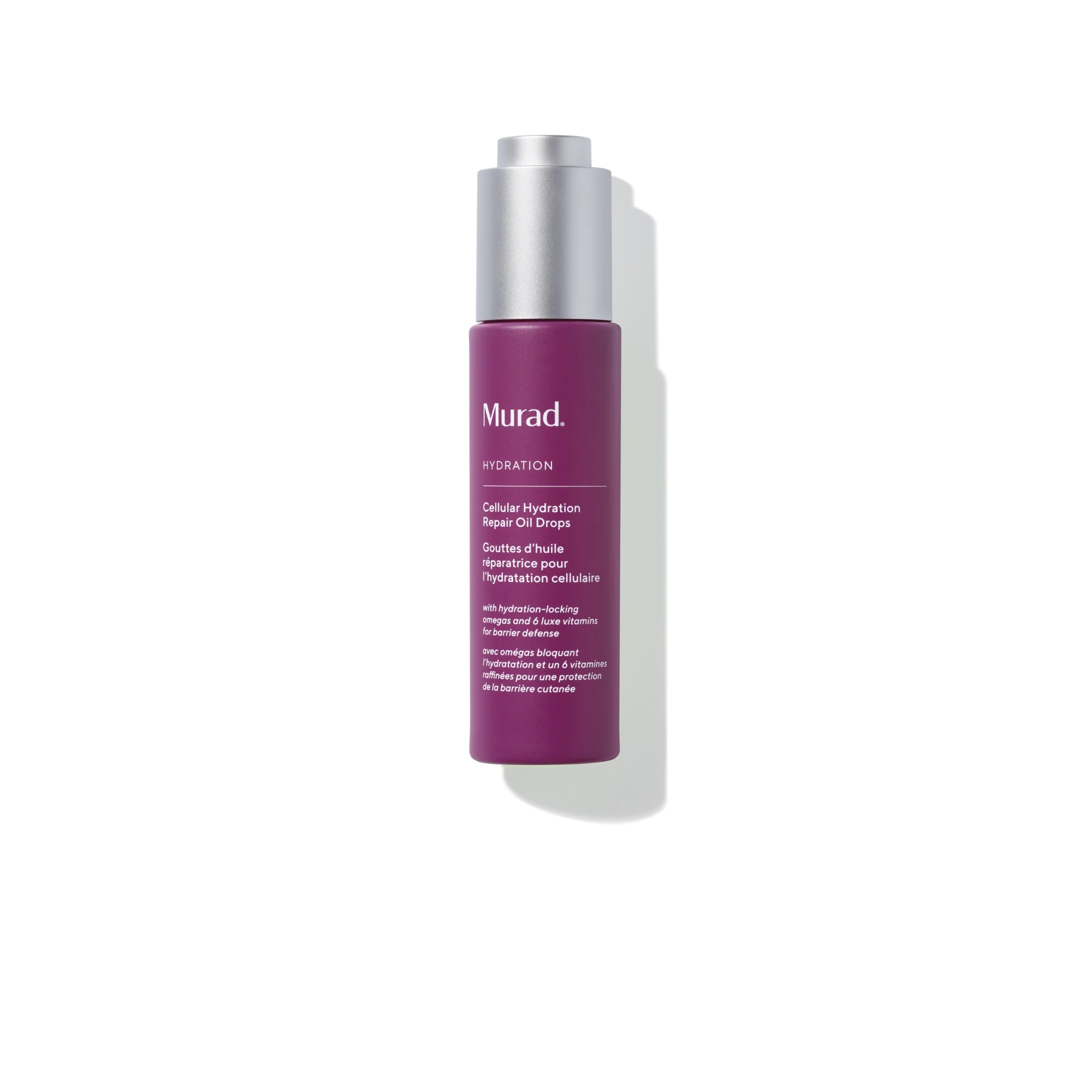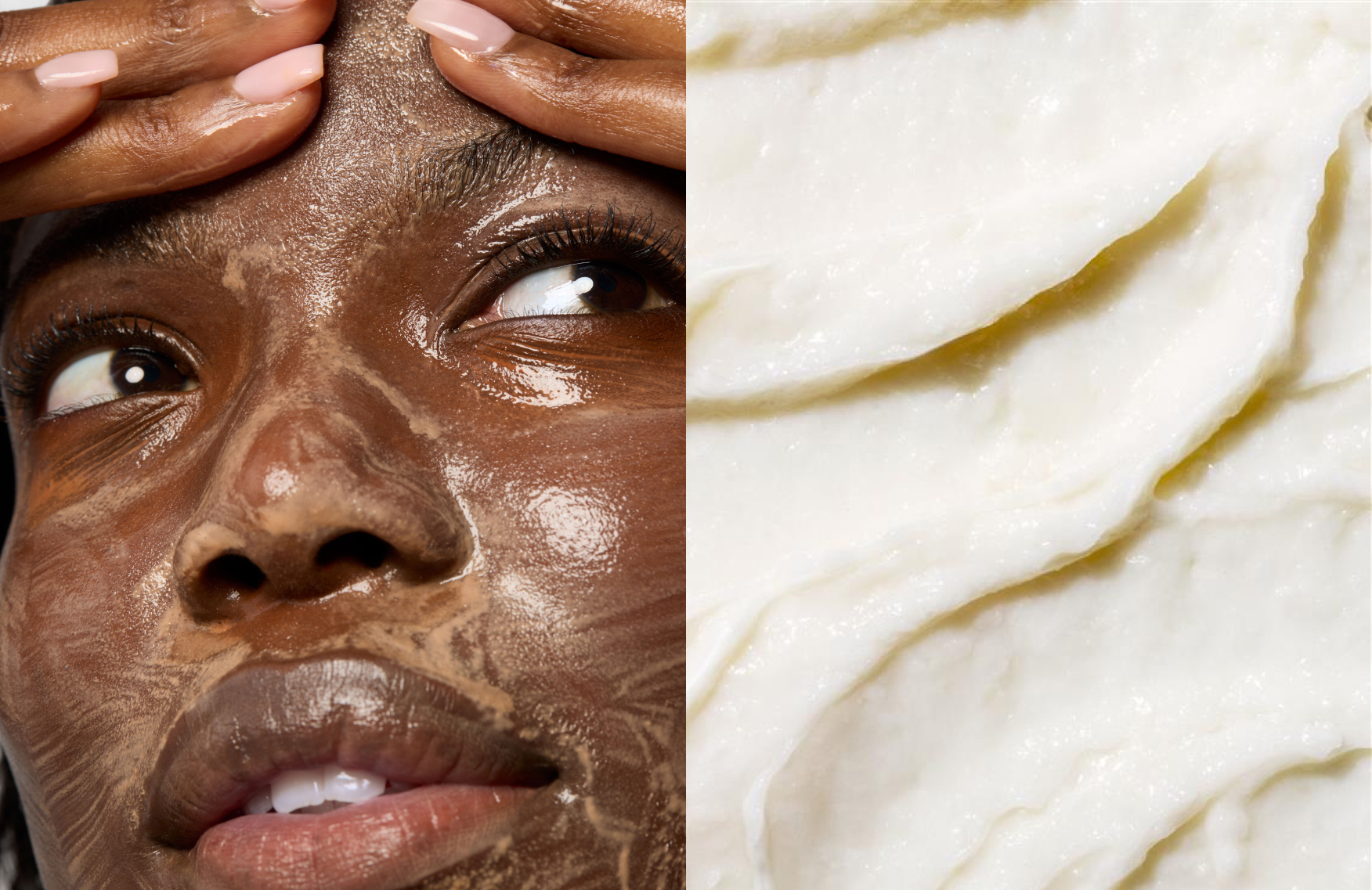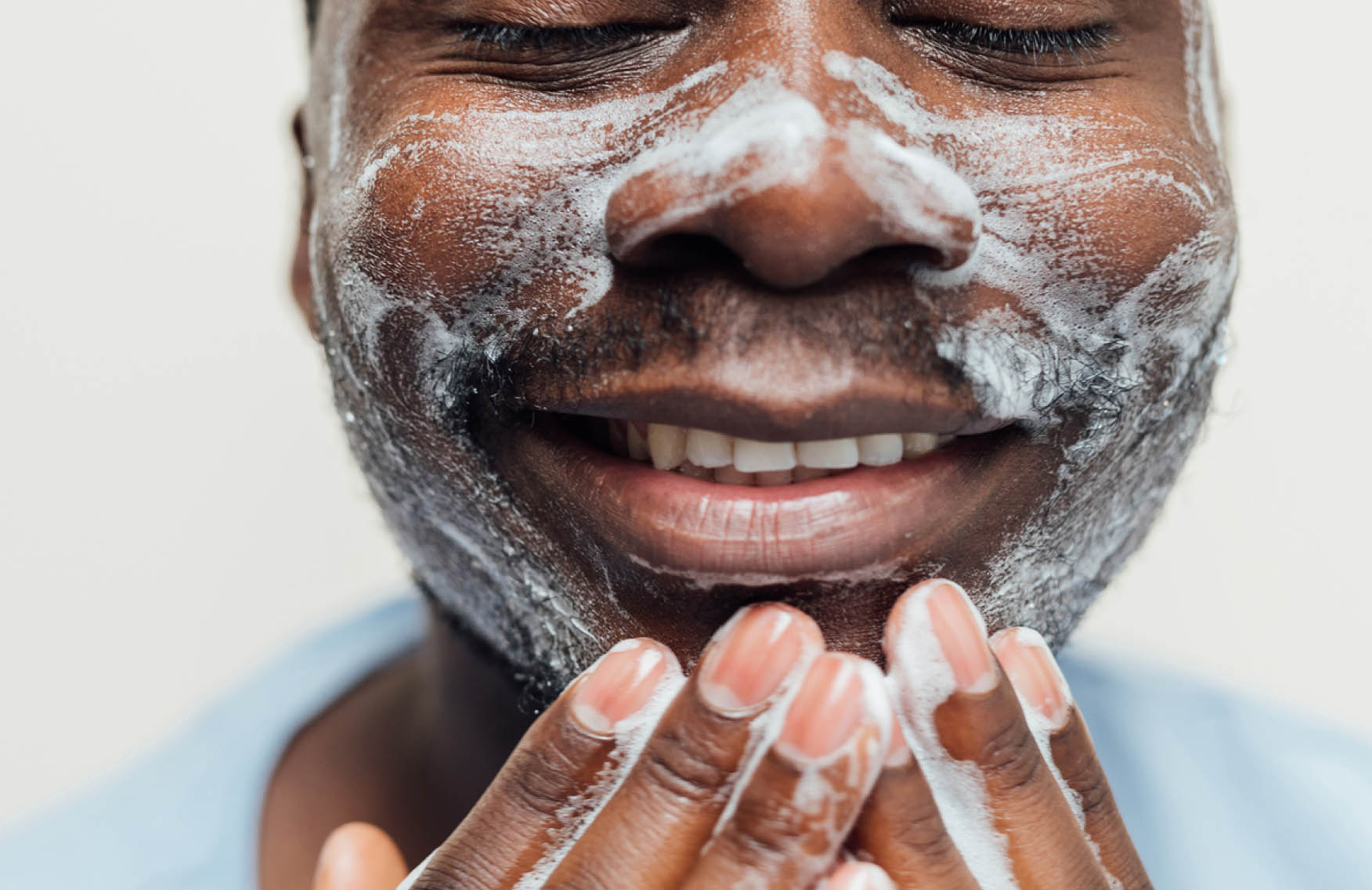What’s the best skincare routine for dry skin?
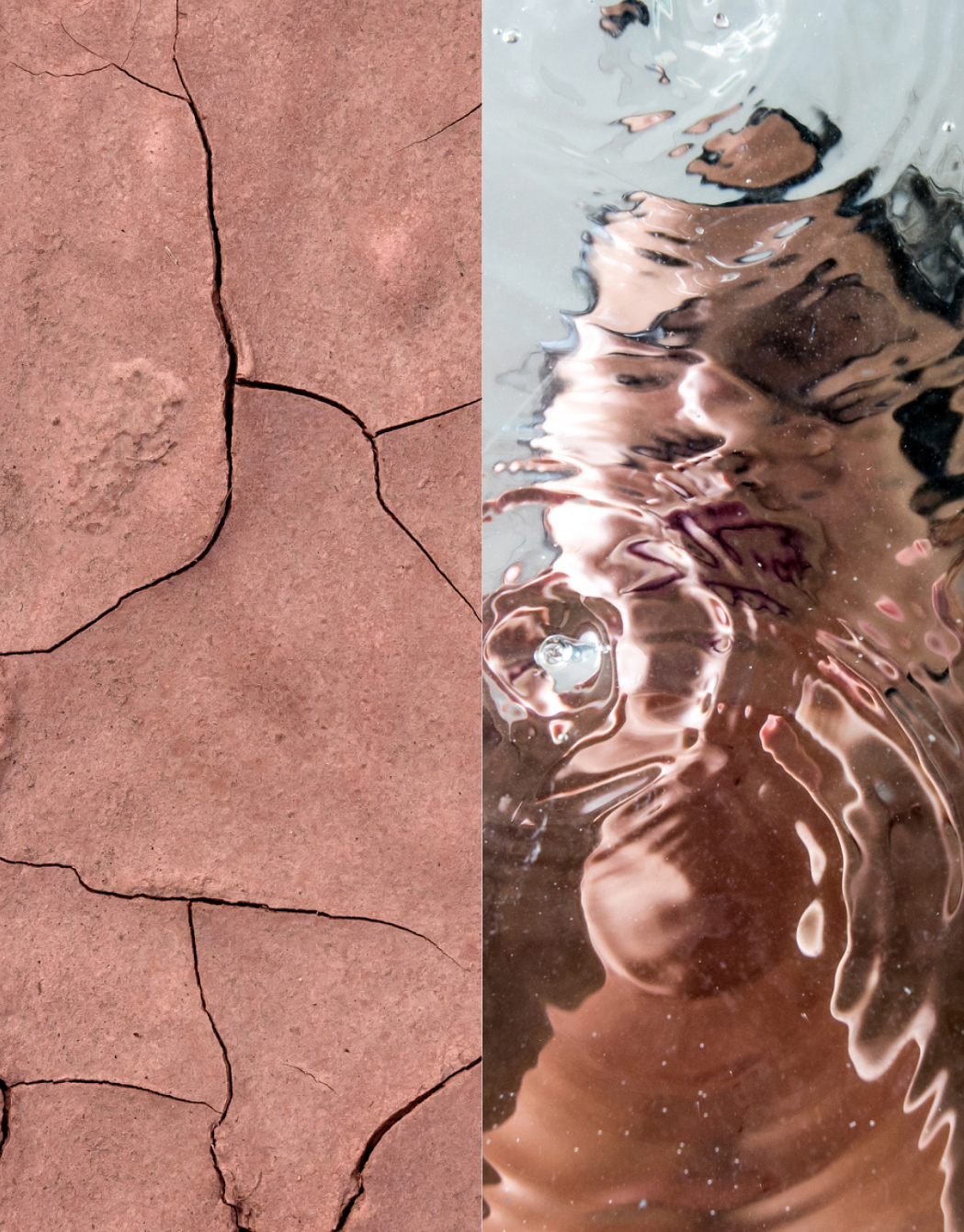
While some of us are born with a drier skin type, aging causes a decline in natural skin oils and hydrators that keep our skin fresh and plump. (Meaning at some point, dry skin will be a concern we all have to face.) We asked skincare experts to weigh-in with their best skincare for dry skin tips.
The Experts:
Sarah Naselli, Esthetic Operations Training Specialist at Heights Wellness Retreat
Melanie Abeyta, Aesthetic Nurse Practitioner and Owner of Harmony Aesthetics Center in Los Angeles
But first: What is dry skin?
“Dry skin means your skin isn’t producing enough natural oils or is losing water through a weakened barrier. It can feel tight, flaky, or rough,” Naselli says. It’s important to note there’s a key difference between dry skin and dehydrated skin: “Unlike dehydration, which is a lack of water, dryness is a lack of oil, so your skin needs both hydration and moisture to stay balanced.”
Surprise: Your cleanser (and how you cleanse) might be to blame
“Over-cleansing is one of the most common causes of dryness and irritation, especially during cooler months,” Naselli says. While critical to health and hygiene, facial cleansers are predominantly made of surfactants can damage the skin’s natural proteins and lipids (oils), leave skin feeling tight, stripped, dry, and itchy. Pair this with a tendency to use too much cleanser or over-cleanse due to skin feeling greasy or dirty, and chances are you have a damaged skin barrier.
What are the best ingredients for dry skin?
Naselli says, “Look for ingredients that both attract and seal in moisture, strengthen your barrier, and prevent moisture loss.” Skincare products with a combination of humectants, occlusives, and emollients can optimize skin’s water-holding abilities.
What are humectants?
Humectants are ingredients that draw and and lock water into our skin. They not only pull water from our own hydration reserves deep within our skin, but can also attract water into our skin from the surrounding humidity in the air. Humectants like hyaluronic acid and aloe vera relieve dryness and help strengthen the skin barrier.
What are occlusives?
Occlusives seal in moisture and hydration by creating a protective barrier on the skin. Occlusives get a bad rap because they are made with mineral oils, petroleum jelly, waxes, or silicones that form a barrier over the skin. While they should be used with caution, especially if you have acne-prone or oily skin, there’s no denying their ability to prevent TEWL: trans-epidermal water loss. Abyeta says, “Occlusives such as petrolatum, dimethicone, and ceramides seal in moisture, preventing moisture from evaporating into the dry air.”
What are emollients?
Emollients are made from fatty alcohols (reminder: not all alcohols are drying to skin), oils, butters, and fatty acids. In contrast to humectants that attract water, emollients (and occlusives) trap water in the skin by creating a protective barrier. “Emollients like squalane, shea butter, and fatty acids help smooth rough texture and soften dry patches,” Abyeta says, in addition to helping with skin barrier function and repair.
Ingredients for dry skin: Hyaluronic acid
Hyaluronic acid is a humectant known for its hydrating and plumping benefits. Hyaluronic acid (HA) is popular in skincare because it is a humectant molecule that exists at different molecular weights. The different weights dictate its ability to permeate different layers of the skin. Smaller HA molecules better penetrate the skin to build hydration deep within. Some studies show that smaller HA Larger HA weights stay on the surface for a protective benefit that can also temporarily plump wrinkles.
Ingredients for dry skin: Shea butter
Known by its latin name Butyrospermum parkii, shea butter is an emollient, lipid, and skin conditioner. It’s comprised of 5 fatty acids: palmetic acid, stearic acid, oleic acid, linoleic acid, and arachidic acid. Because shea butter is an emollient, it helps trap water in the skin to lower TEWL.
Ingredients for dry skin: Ceramides
Ceramides are lipids that are naturally occurring in skin. Just like collagen and elastin, ceramides decline with age, and this decline contributes to skin diseases like atopic dermatits. Research shows that moisturizers containing ceramides not only replenish this critical component of our skin, but they also have anti-inflammatory benefits and restore barrier function. Abyeta agrees, saying, “Barrier-supporting lipids such as ceramides strengthen the skin’s structure. A medium-to-rich moisturizer with ceramides and squalane will protect your barrier and prevent water loss throughout the day.”
Ingredients for dry skin: Squalane
Squalane is a multi-beneficial ingredient in skincare for dry skin. In addition to its incredible moisturizing properties, research shows that it is incredibly biocompatible with skin, and can even counter the effects of oxidative stress and provide anti-inflammatory benefits. While squalane is an oil, it is better tolerated by sensitive skin, is non-comedogenic, and doesn’t have that dreaded greasy after-feel.
What are some ingredients to avoid if you have dry skin?
Naselli says, “Avoid foaming cleansers, high-alcohol toners, or exfoliating acids every day, as they can make dryness worse.” Abyeta says, “When shopping for skincare, it’s best to avoid harsh foaming cleansers, alcohol-based toners, and strong exfoliants, which can strip away natural oils. Instead, opt for fragrance-free, non-foaming, gentle products designed to nourish and protect.”
What’s the best skincare routine for dry skin?
Naselli outlines a simple-step routine that will keep skin looking and feeling fresh and plump, and even customize depending on your level of dryness that day.
Morning:
- Start with a creamy or milky cleanser: Cleansing sets the tone for building and locking in hydration. During the fall and winter, swap gel cleansers for cream cleansers or oil-based cleansers with fewer surfactants. Look for bio-based surfactants that are known to clean deeply without compromising the skin barrier. “The goal is to cleanse gently: remove impurities and buildup without over-drying. That balance helps your skin stay hydrated, calm, and resilient.”
- Use a hydrating toner or mist: Similar to dressing in layers for fall, layering your skincare builds hydration every step along the way. Toners, mists, and essences are the unsung hero of healthy, hydrated skin. They contain glycerins, hyaluronic acids, skin-friendly oils, and skin hydrators that not only lock in hydration, but attract hydration to the skin.
- Choose a serum with hyaluronic acid: Hyaluronic acid is a must for dry skin types. Tip: Look for serums that contain hyaluronic acids at various molecular weights, from large to small. Large molecules will sit on the surface, and smaller weights will dive deep for lasting hydration within skin.
- Apply a moisturizer with ceramides or squalane: Abyeta agrees, saying, “Barrier-supporting lipids such as ceramides strengthen the skin’s structure. A medium-to-rich moisturizer with ceramides and squalane will protect your barrier and prevent water loss throughout the day.”
- Broad-spectrum SPF 30+: We’d be hard-pressed to find a skincare professional who didn’t recommend sunscreen use every day of the year, so it’s no surprise our experts are aligned that SPF is critical to your dry skin routine.
“Even in colder months, don’t skip sunscreen,” Abyeta says. “UV rays can still dry and damage your skin. A hydrating SPF 30 or higher is ideal. If you’re exposed to harsh outdoor conditions, you can add a few drops of facial oil over your moisturizer for extra protection.”
Evening:
Follow the same routine above, but swap your broad-spectrum sunscreen for a facial oil, rich moisturizer, or overnight mask—especially if your skin is feeling extra dry
How to care for dry skin in the fall and winter
Dryness really rears its head during fall and winter seasons. But, some simple proactive steps add up like money in the bank. Abeyta says the best skincare routine for dry skin will deliver even better results, especially in the colder seasons, if you add in these few extra steps:
- Apply moisturizer to damp skin right after cleansing or showering, this helps lock in hydration
- Running a humidifier in your home can add moisture back into the air, which benefits both your skin and respiratory health
- Keep your showers short, use lukewarm rather than hot water, and drink plenty of water to stay hydrated from within.
- Including healthy fats in your diet, such as avocados, nuts, and olive oil, can also help maintain supple, resilient skin
“These small shifts in your routine protect the skin’s natural defense system and encourage a healthy recovery rhythm, so your complexion feels calm, supple, and ready for whatever the season brings,” Naselli says.
Indian Journal of Dermatology, 2011, volume 56, issue 1, pages 2-6
Indian Journal of Dermatology, 2023, volume 68, issue 1, pages 53-58
Molecules, 2025, volume 9
Clinical Medicine & Research, 2017, volume 15, pages 75-87
Medical News Today, What are Humectants?
The views expressed in this article do not necessarily represent the views of Murad, and are for informational purposes only, even if the advice of physicians and medical practitioners are included. This article is not a substitute for professional medical advice, diagnosis or treatment, and should not be considered specific medical advice.
